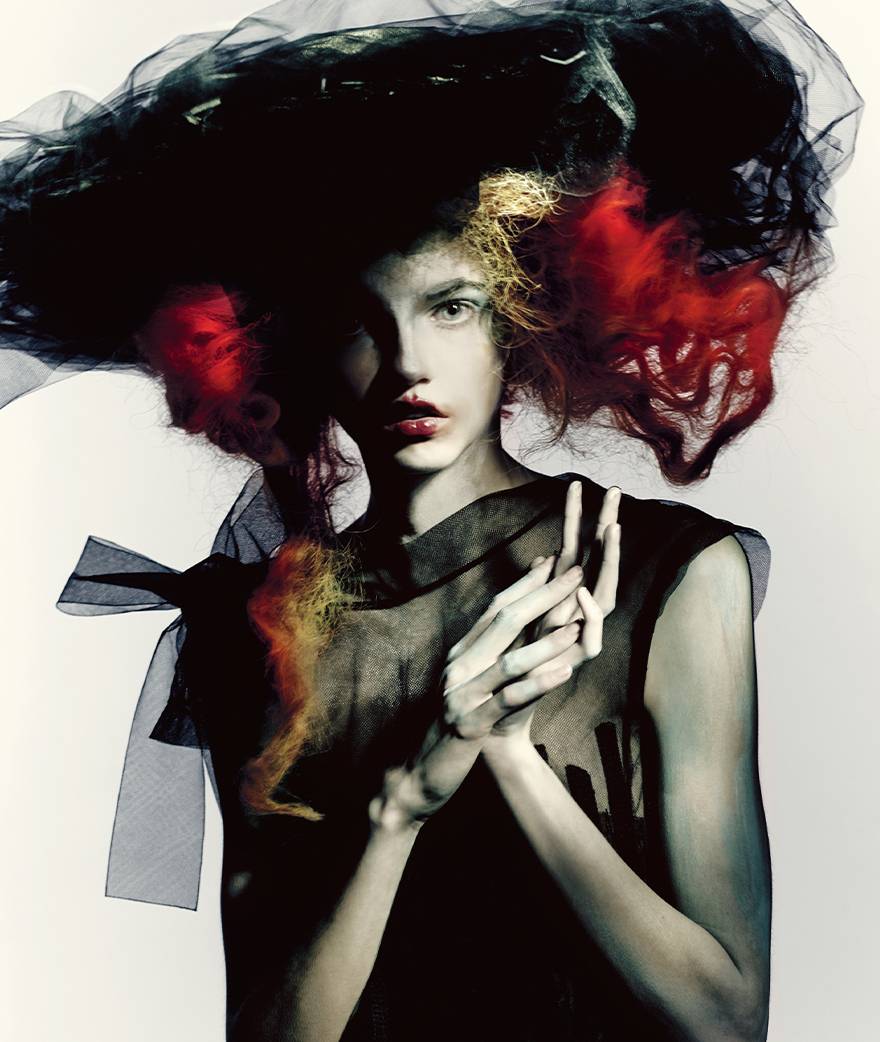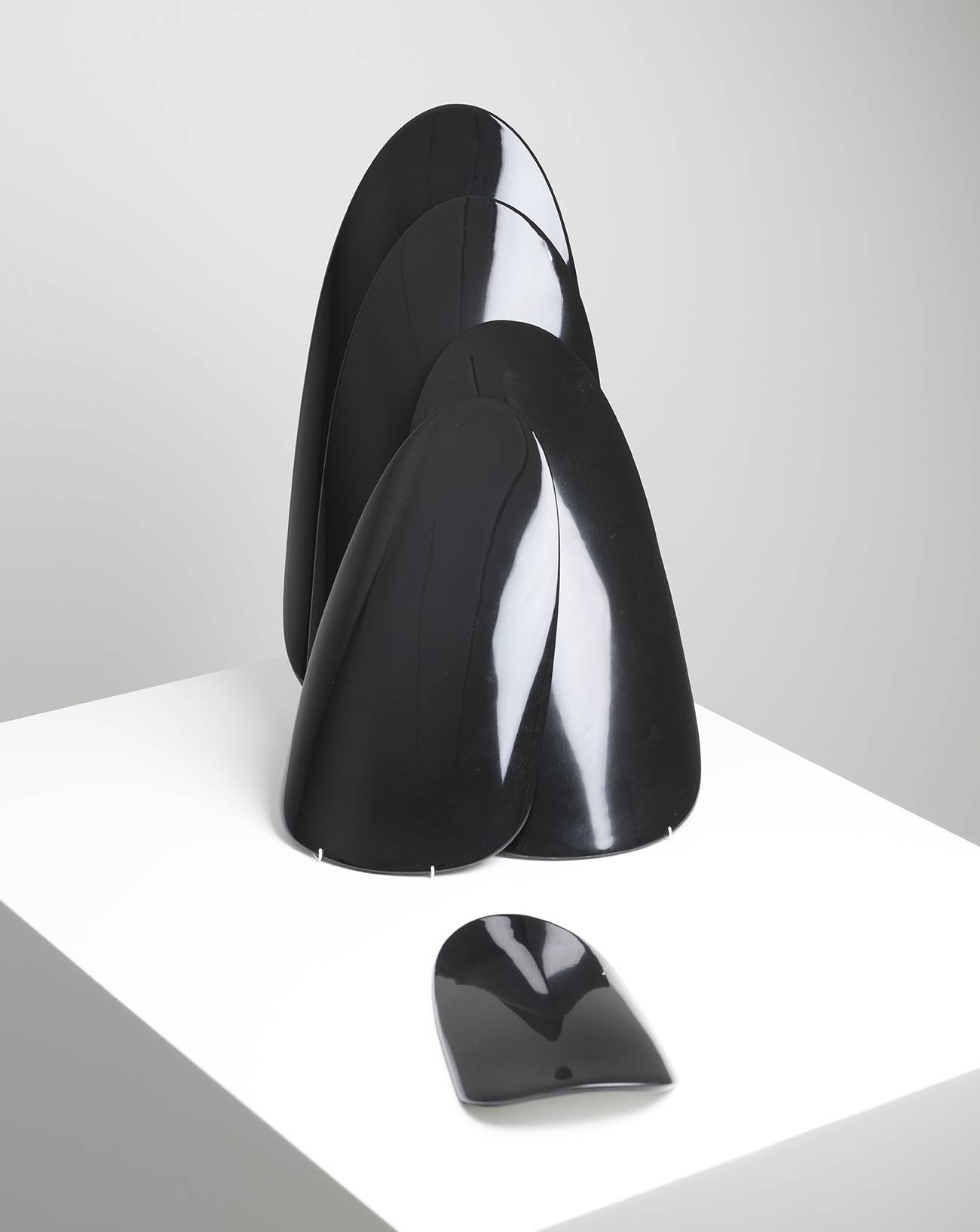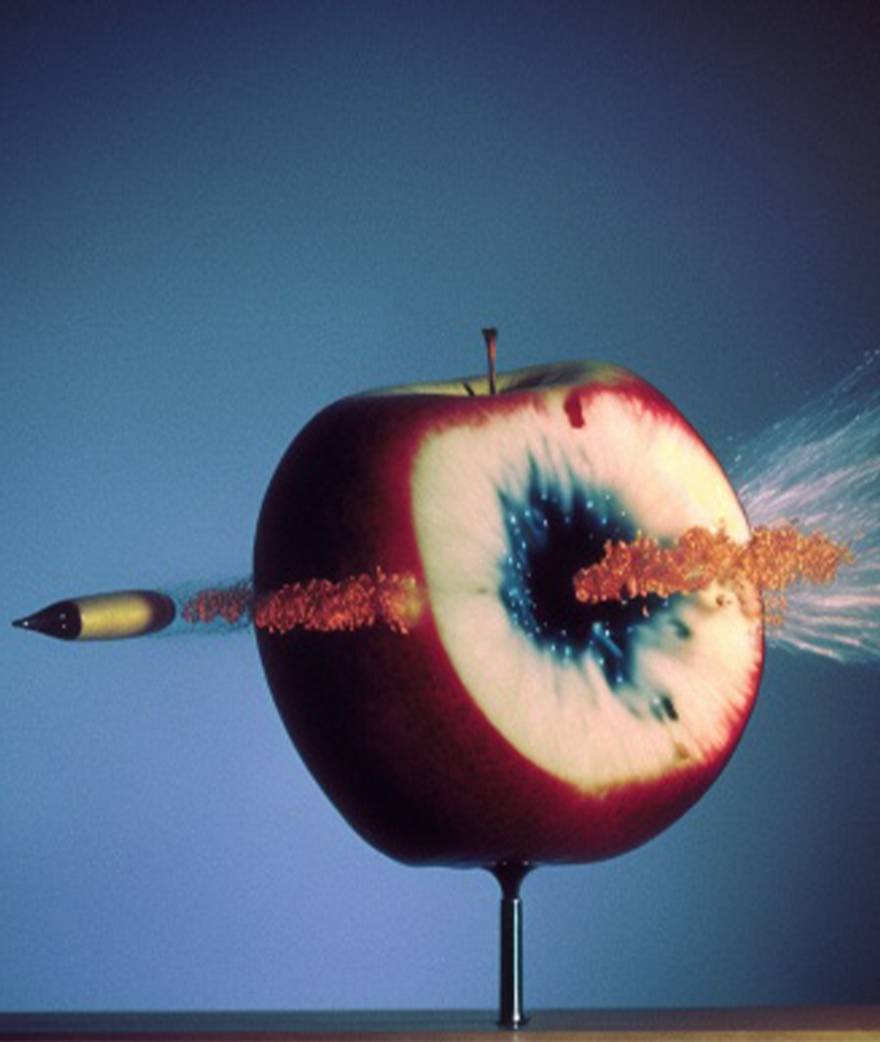It’s there every day, everywhere, for the eyes of millions of to see, lining the labyrinthine corridors of metro and train stations the world over. Advertising is the daily reality of passengers, punctuating their journeys morning, noon, and night. So commonplace are these paper images that many of us ignore them, barely noticing their disappearance under new arrivals pasted up by bill posters with their buckets of glue. Though they quickly fade from the average person’s mind, Han Bing find inspiration in what she calls these “images made to be ignored.” For the past ten years, the Chinese artist has been passionately exploring assemblages of paper and colour created randomly through the superimposition of posters in subway tunnels. An obsessive approach that she developed during residencies in New York, Los Angeles, and now Paris, where she has lived for the last year and a half.
Han Bing's painting, from subway walls to the canvas
Clever is the viewer who manages to discern the original images in the 37-year old painter’s work, whose canvases have already been exhibited at Thaddaeus Ropac in Paris and the Night Gallery in Los Angeles. Although at times we might identify Mickey Mouse’s tiny silhouette, the tip of a purple roller pen, the green and oval leaves of a cactus, or the ochre forest of balconies in a theatre, these figurative elements merge fluidly in a composition where geometric shapes both big and small come into balance in a sea ofbright colors – neon orange, canary yellow, electric blue, fiery reds. Yet human beings are almost entirely absent.
An obsession for the city and its advertising
Over the years, Bing, who equates her long visual peregrinations with window shopping, has honed her ability to abstract these scraps of paper glued to walls. To capture their purely aesthetic dimension, she photographs them with her phone before reproducing the images on canvases that are at least 1.5 m high and almost 2 m wide – a format similar to the metro-station billboard. Like the random, shambolic assemblages of paper she seeks out, Bing’s work never shows the entirety of a poster. Instead, in keeping with her passion for “abrupt associations of elements,” she prefers the unpredictable accidents of torn and battered paper to the seamless harmony of polished images. A reflection of the happenstance that decides the fate of her sources, hers is a kind of “glitch art,” except instead of computer glitches the disruption occurs directly on the canvas. Like scars cutting into the epidermis of the image, the irregularities and tears caused by the successive gluings and ungluings form the core a new artistic language
A hybrid painting that echoes Villeglé or Hains
With this urban visual corpus as the primary source for her works, Bing’s work is inextricably linked to the history of mid-20th-century Western art: in December 1949, Jacques Villeglé and Raymond Hains, figureheads of Nouveau réalisme, produced their first work using torn posters mounted on canvas. Seventy years later, Bing seems to be answering them, freeing herself from the materiality of paper to concentrate on the purely visual imprint. Her deeply intuitive painting always follows the Her deeply intuitive painting always follows the same process: first, she delimits the areas on the canvas to spray paint based on her photographs, and then applies an initial acrylic base coat. After that she works up the composition in oil paint, bringing a more diffuse texture to the well-defined lines and intense colours. Finally, she redraws abstract shapes on the surface using pastel, freeing her gestures and bringing the work to life with graphic vitality. Sometimes, if she particularly likes an effect, she reproduces it with painting, like the tiny coloured dots of the printing process.
“As an artist, I feel like a stranger to the world. As though I were at the far end of the social fabric.”
While her pictures recall those of the great abstract painters of the last century – Nicolas de Staël, Anna-Eva Bergman – as well as of Daniel Richter, Bing is closer to her Nouveau réalisme elders in her attitude towards ephemera. Like them, she sees in the throwaway an “anonymous poetry” that her painting highlights, inviting the viewer to take an informed look at his or her ordinary environment. “As an artist, I feel like a stranger to the world,” Bing explains. “As though I were at the far end of the social fabric.” From this fringe, which she has learned to embrace, Bing translates the theatricality of our times – her early works, depicting domestic interiors and the sets of American theatres, testify to this, as do her paint-smeared New York Times pages, which sanctify the volatile transmission of information through matter and colour.
By owning the profane eclecticism of her sources and their de-hierarchization, Bing goes beyond the dichotomies of true and false, reality and artifice, and even information and communication. Relieved of their promotional function, of their belonging to a city or even a continent, of their signifiers and signifieds, the posters she fragments and then reproduces with her brush ultimately produce a kind of iconic essence of our times, one that will live on as a testimonial for decades and centuries to come. Indeed, from the tension between shapes and colours on the canvas emerges the expression of a collective unconscious. “The shock function of the poster gradually wears off, and the poster itself disappears materially. But its influence – its useful life – lives on in culture,” theorized essayist Georges Préli in 1971. This is the case with Bing’s paintings: preserving and revealing the ephemeral, dying image, they guarantee its survival in cultural history by approaching the ideal of a universal poetry that – unlike its sources ripped from their walls – will be able to survive the passing of time.
Han Bing is represented by Thaddaeus Ropac in Paris, where she will have a solo exhibition in September, as well as by Night Gallery in Los Angeles.
She is one of the five artistes currently shown in Reiffers Art Initiatives' new group show “Infiltrées. 5 manières d’habiter le monde”, until June 17, 2023 at l'Acacias Art Center, Paris.

























